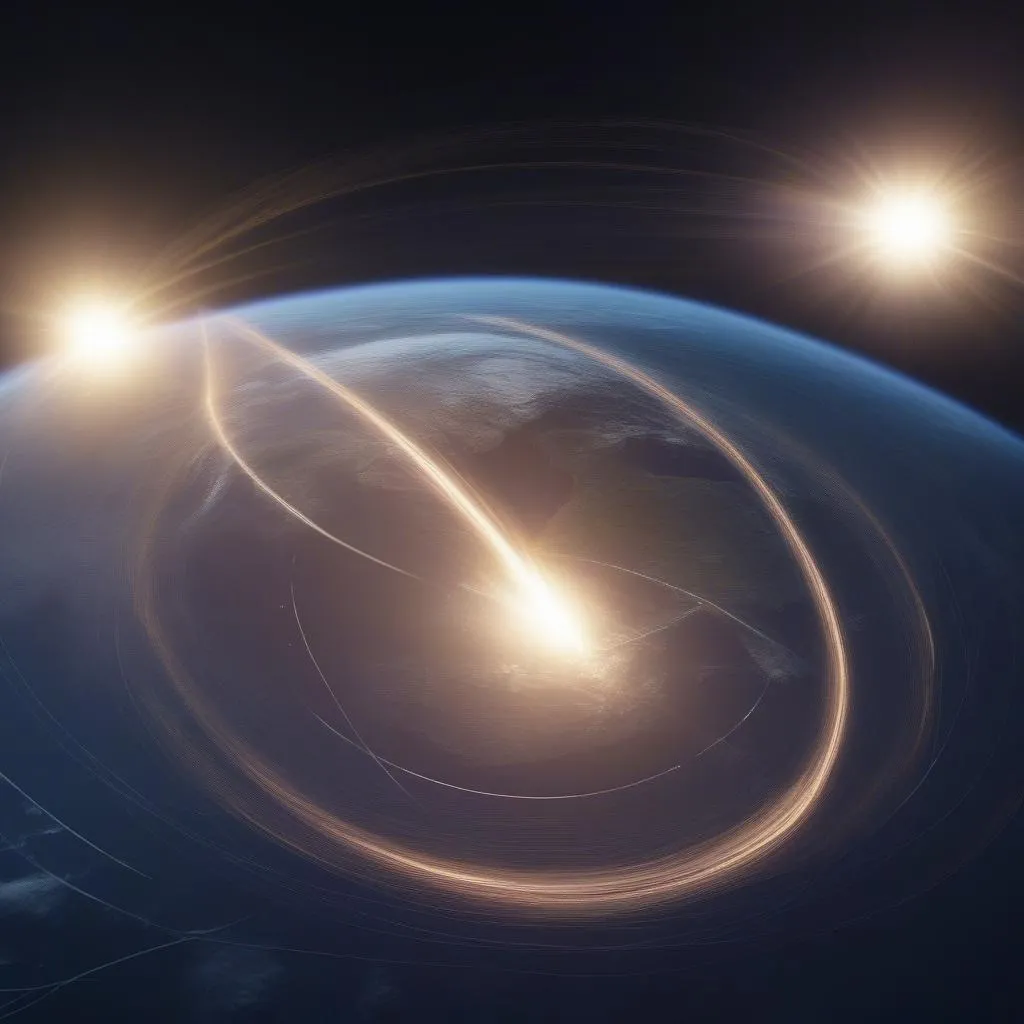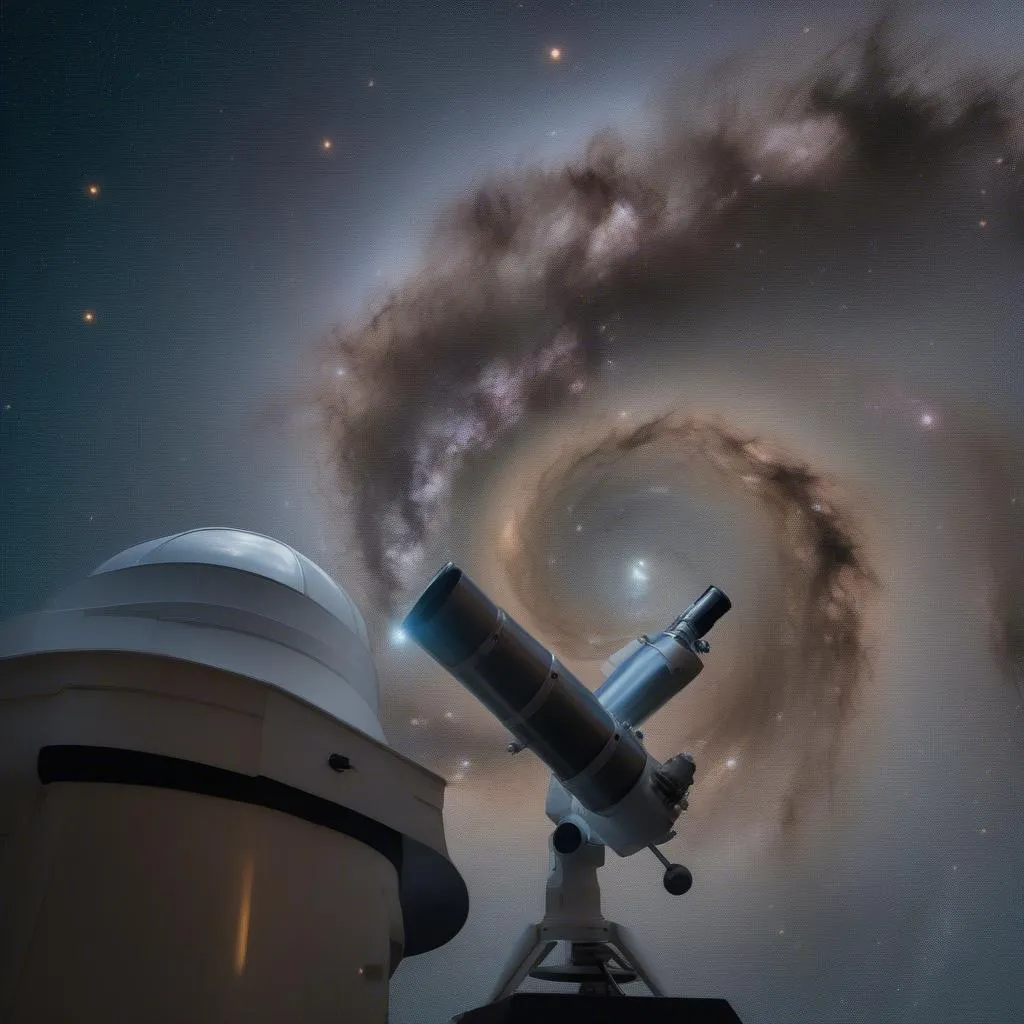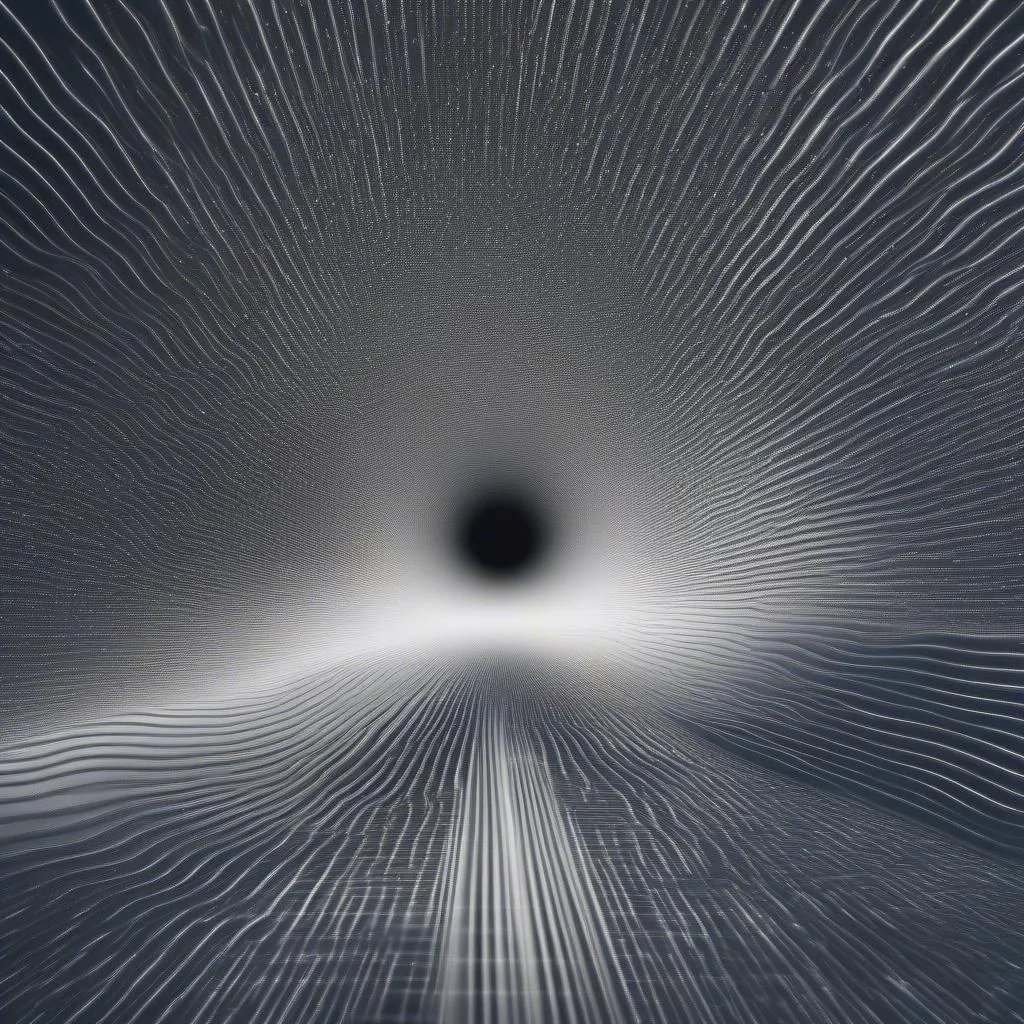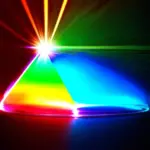Have you ever gazed up at the night sky from a place like Times Square, mesmerized by the twinkling stars, and wondered about the secrets of the universe? One question that has captivated scientists and dreamers alike for centuries is: “Does light travel in a vacuum?” Join us on a journey as we explore this fascinating question and uncover the mysteries of light’s incredible speed.
Unraveling the Mystery of Light in a Vacuum
To understand how light travels in a vacuum, we must first understand what a vacuum is. In simple terms, a vacuum is a region devoid of matter, including air. Imagine the emptiness of space, far beyond the Earth’s atmosphere—that’s a vacuum!
Now, let’s talk about light. Light is a form of electromagnetic radiation, which means it travels in waves of electric and magnetic energy. Unlike sound waves, which need a medium like air or water to travel, light doesn’t require any material to propagate.
So, does light travel in a vacuum? The answer is a resounding yes! In fact, light travels fastest in a vacuum.
 Light waves traveling in vacuum
Light waves traveling in vacuum
The Speed of Light: A Universal Constant
In a vacuum, light travels at an astounding speed of approximately 299,792,458 meters per second, often rounded off to 300,000 kilometers per second. This speed is denoted by the letter “c” and is considered a fundamental constant in physics.
To put this incredible speed into perspective, light could circle the Earth over seven times in just one second! This is why we see things instantly, even though the light reflecting off them has to travel to our eyes.
 Light circling the Earth
Light circling the Earth
How Does Light’s Journey in a Vacuum Affect Us?
The fact that light travels in a vacuum has profound implications for our understanding of the universe:
- Astronomy: The light from distant stars and galaxies travels through the vacuum of space, allowing us to observe and study them. By analyzing this light, astronomers can determine the composition, distance, and movement of celestial objects.
- Communication: Satellites orbiting Earth rely on the transmission of electromagnetic waves through the vacuum of space to facilitate communication, GPS navigation, and data transfer.
- Technology: Many modern technologies, such as fiber optic cables used for high-speed internet and lasers used in medical procedures, rely on the principles of light traveling in a vacuum or near-vacuum conditions.
 Astronomical observation
Astronomical observation
Frequently Asked Questions About Light and Vacuums
1. Why does light travel faster in a vacuum than in other mediums?
Light slows down when it passes through matter because it interacts with the atoms and molecules present. In a vacuum, there is no matter to impede light’s progress, allowing it to travel at its maximum speed.
2. Is there anything faster than the speed of light?
According to Einstein’s theory of relativity, nothing can travel faster than light in a vacuum. This speed limit is considered a fundamental law of physics.
Exploring the Wonders of Light with Travelcar.edu.vn
Want to learn more about the fascinating world of light, space, and travel? Visit TRAVELCAR.edu.vn for captivating articles, travel tips, and insights into the universe’s greatest wonders. From the Northern Lights shimmering across the night sky to the sun-drenched beaches of Bali, discover the beauty and mystery of our world, one journey at a time.


